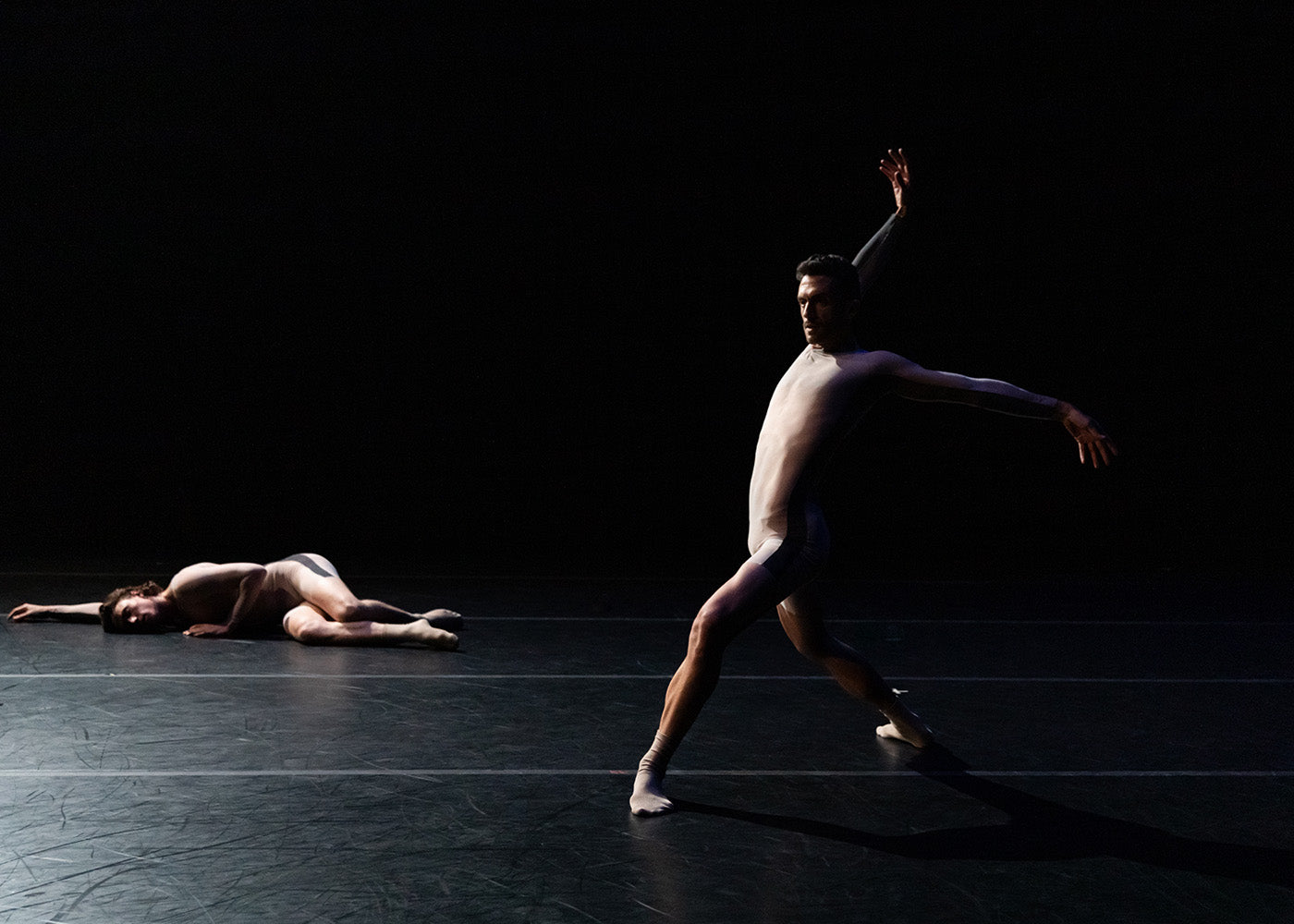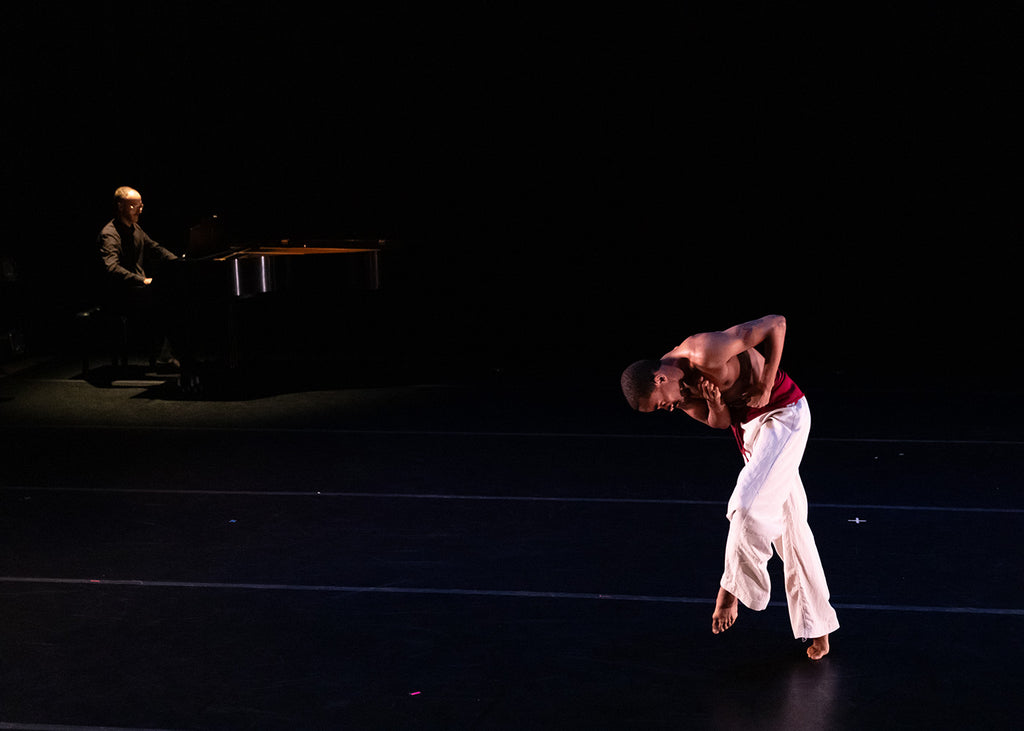Serata Forsythe
This program of three works by William Forsythe set to the music of James Blake has special meaning for La Scala Ballet.
Continue Reading
World-class review of ballet and dance.
SFDanceworks performs only a short run once a year, but it fills a big void in San Francisco. Unlike Chicago or New York, we in the Bay Area have no Hubbard Street, no Gibney Company or Cedar Lake (RIP) to offer works by Ohad Naharin or Alejandro Cerrudo or other internationalist contemporary dance makers. When it comes to avant-gardism, our local behemoth, San Francisco Ballet, serves only an occasional dash of what you might call the Nederlands Dans Theater or NDT-adjacent aesthetic. (Though this is poised to change next year, with a commission from Aszure Barton on SF Ballet’s horizon.) Enter SFDanceworks. Founded in 2016 by former SF Ballet soloist James Sofranko, a Juilliard grad, the company is driven by its dancers’ hunger for exploration. And that hunger was evident throughout the company’s sixth summer season.
Performance
Place
Words



“Uncommonly intelligent, substantial coverage.”
Your weekly source for world-class dance reviews, interviews, articles, and more.
Already a paid subscriber? Login

This program of three works by William Forsythe set to the music of James Blake has special meaning for La Scala Ballet.
Continue ReadingUshering in the ninth season of Dance at the Odyssey, which takes place January 8–February 16 at the Odyssey Theatre Ensemble and features a number of cutting-edge choreographers and world premieres, curator, producer and festival co-founder Barbara Müller-Wittmann adores her job.
Continue ReadingAround this time of year, we can all use a little cheer. The early darkness, the cold, the state of the world alone can send one into a spiral.
Continue ReadingWill Tuckett’s new production of the “The Nutcracker” for the National Ballet of Japan serves up a holiday feast for the senses. Sweetly invigorating, it’s also a warm toddy for the soul. From start to finish, Tuckett’s “The Nutcracker” is truly a dream.
Continue Reading
comments